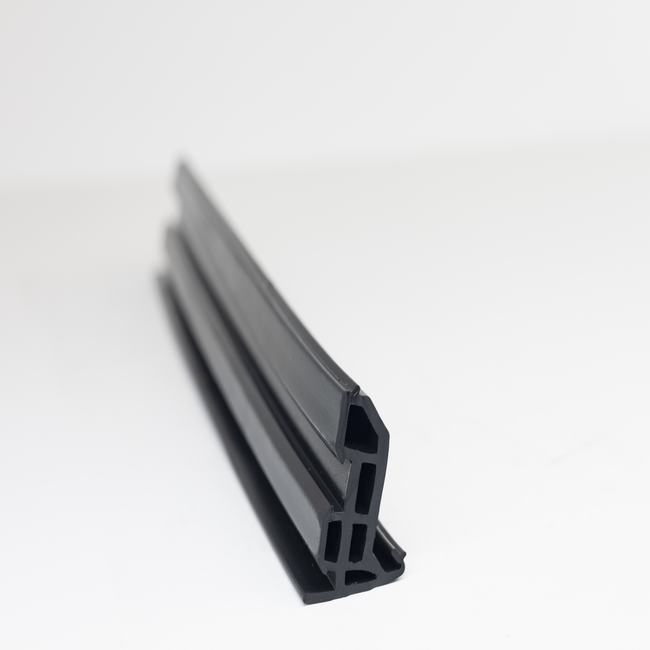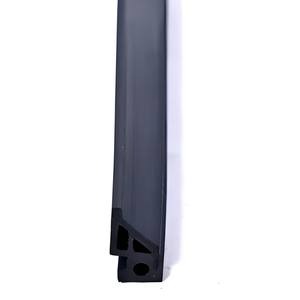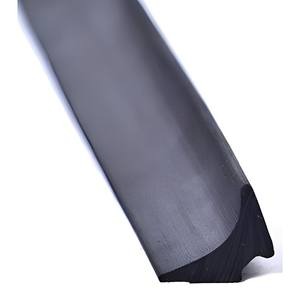Dilatation seals, also known as expansion joints or expansion seals, are critical components in various engineering and construction applications, designed to accommodate the movement and expansion of structures, pipelines, or systems due to factors like temperature fluctuations, seismic activity, settling, and more. These seals play a crucial role in maintaining the integrity and functionality of the interconnected components while preventing damage and ensuring safety.
Here’s a comprehensive, detailed description of dilatation seals:
- Purpose and Function:
Dilatation seals serve the primary purpose of accommodating the relative movement between adjoining parts or sections of a structure. They do so by bridging gaps and allowing for expansion and contraction, which helps to prevent stress, damage, and potential failure in the connected components. These seals are essential in numerous applications, including but not limited to:
- Building and infrastructure construction
- Pipeline systems for fluids and gases
- Road and bridge construction
- Industrial equipment and machinery
- HVAC and mechanical systems
- Power plants and energy generation facilities
- Aerospace and automotive industries
- Types of Dilatation Seals:
There are various types of dilatation seals, each tailored to specific applications and movement requirements. Common types include:
- Expansion Joints: Used in building and bridge construction to absorb thermal expansion and contraction.
- Rubber Bellows: Typically used in piping systems to compensate for axial, lateral, and angular movements.
- Metal Expansion Joints: Used in high-temperature and high-pressure applications, such as in power plants and petrochemical industries.
- Fabric Expansion Joints: Suitable for low-pressure applications, like HVAC systems.
- Modular Expansion Joints: Utilized in bridge and road construction to accommodate large movements.
- Materials and Construction:
Dilatation seals can be constructed from various materials, depending on the application and environmental factors. Common materials include:
- Rubber: For its flexibility and resilience.
- Metal: For high-temperature and high-pressure applications.
- Fabric: For lightweight and low-pressure applications.
- Composites: Combining multiple materials to optimize performance. The design of a dilatation seal includes layers, plies, or components that can flex and absorb movement without compromising structural integrity.
- Installation and Maintenance:
Proper installation is critical to the effectiveness and longevity of dilatation seals. Installation should be performed by trained professionals, ensuring that the seals are correctly positioned and securely fastened. Regular maintenance and inspection are also essential to identify wear and tear, damage, or signs of failure. Preventative maintenance helps extend the lifespan of dilatation seals and maintain the overall system’s reliability. - Benefits:
Dilatation seals offer several benefits, including:
- Stress Reduction: They prevent stress and strain on connected components, reducing the risk of damage.
- Improved Safety: By accommodating movement, they enhance safety and prevent accidents.
- Longevity: Dilatation seals help extend the lifespan of structures and systems.
- Versatility: They are adaptable to a wide range of applications.
- Cost-Effectiveness: Preventing damage and repairs can save money in the long run.
In summary, dilatation seals are vital engineering components that enable structures and systems to expand, contract, and move while maintaining their integrity and functionality. They come in various types and materials, and their proper installation and maintenance are crucial for ensuring their effectiveness and longevity.







